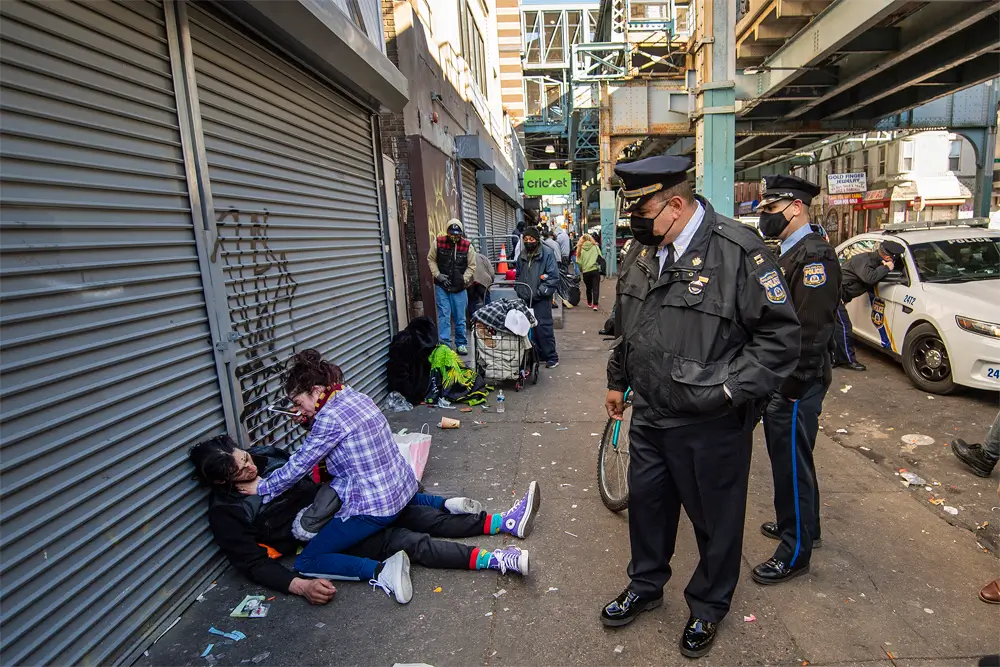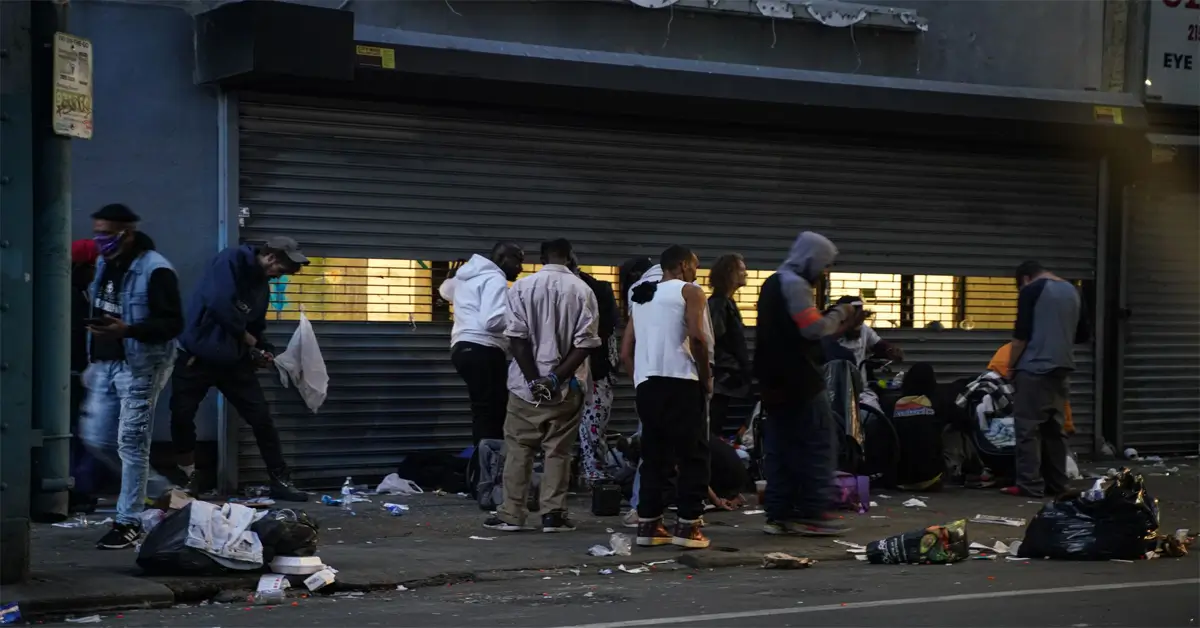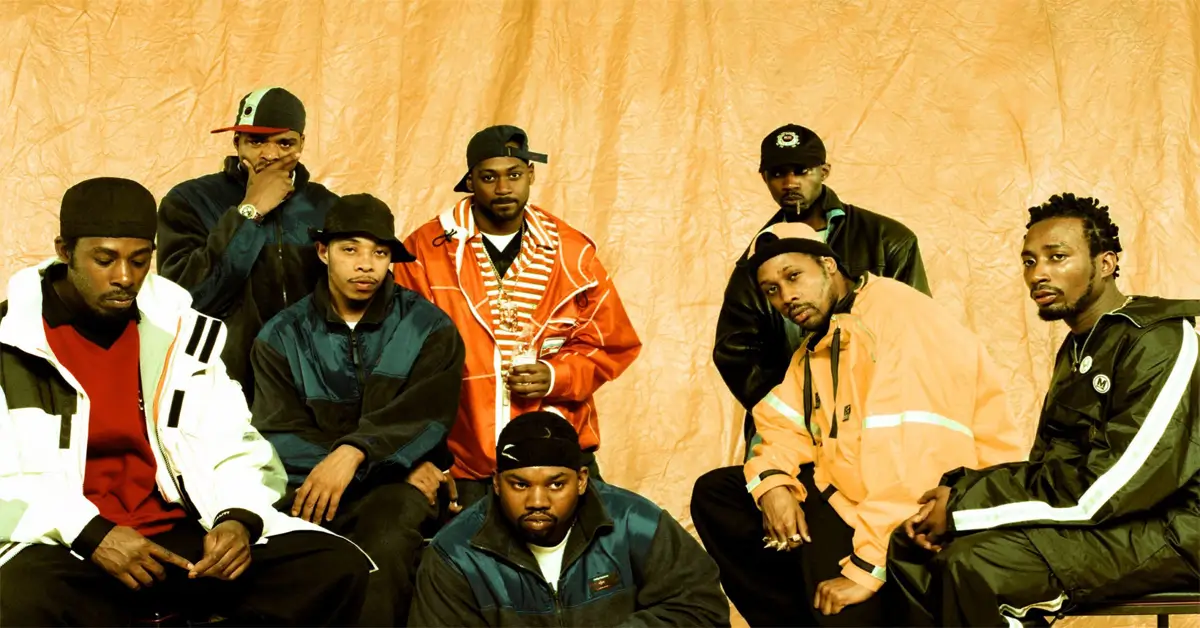The Game Ain’t What It Used To Be
The Game Ain’t What It Used To Be…and that’s for gotdamn sure. There’s a huge difference between the game I grew up around and the craziness that’s going on now, I can promise you that much.
For one, back in the late 80’s-early 90’s nobody was trying to kill off their customer base. Another thing, nobody got popped unless they fucked the money up or were cooperating with the law.
And the drugs were drugs. Whatever the guy on the corner says he had is what you got. Nowadays everything is fentanyl and tranq. Fiends running around with wounds that look like shark bites or worse and they’re still chasing that shit nonstop.
Anyway, below is a summary of “The Game Ain’t What It Used To Be. Understanding Drug Markets And How To Influence Them” The PDF on the study is available for download at the bottom of the post.
This study draws on interviews with 20 drug sellers in Philadelphia to examine their perceptions of risk and reward in the current climate of heightened police scrutiny and limited legal or illegal pathways for social mobility. Most respondents earned minimal income, held negative views of drug selling, and saw the younger generation of sellers as more unpredictable and reckless.
Many expressed a desire to exit the drug trade, linking their continued involvement to their youth and aspiring to engage more fully in the mainstream economy. Half of the participants also held legal jobs, seeing this as both essential and helpful in reducing the risks associated with drug selling.

The findings indicate that traditional theories of why people engage in drug sales may need to be revisited given shifts in the drug economy. Additionally, they offer insight into why deterrence-based policies have largely failed to disrupt drug markets.
The article titled “The Game Ain’t What It Used to Be: Drug Sellers’ Perceptions of the Modern Day Underground and Legal Markets” explores how the underground drug trade has evolved due to shifting legal landscapes and societal changes.
The authors focus on how traditional drug dealers perceive the contemporary drug market, especially in light of drug legalization efforts, increased law enforcement, and new technologies. It draws on interviews with drug sellers to gain insight into their perspectives and experiences in an industry where competition and risks have fundamentally shifted.
One of the key points the paper emphasizes is how drug dealers view the legal cannabis market as both a threat and an opportunity. With cannabis legalization spreading across several U.S. states, underground sellers face new competition from licensed dispensaries.
Many traditional sellers feel squeezed out of the market, unable to compete with legal businesses that offer higher-quality products in a more regulated environment. However, some see opportunities within the legal framework, particularly through selling to customers who prefer avoiding dispensary prices or taxes.
The study also examines the ways technological advancements, especially the rise of the internet and encrypted communication, have reshaped the drug trade. Online marketplaces and encrypted messaging apps allow dealers to reach broader audiences, but they also expose them to new risks.

The dark web, in particular, has created a more anonymous, yet competitive space for drug transactions. Drug sellers interviewed in the paper express concerns over these digital platforms, with many feeling they must adapt quickly to stay relevant, while others are wary of the increasing surveillance and law enforcement attention these platforms attract.
Furthermore, the paper highlights how the war on drugs and increased law enforcement efforts have impacted sellers’ operations. Dealers describe a heightened sense of paranoia and caution, as they perceive that law enforcement agencies have become more sophisticated in targeting drug-related activities.
Despite the perception that the risks of being caught are higher than ever, the demand for drugs remains constant, and sellers feel compelled to take calculated risks to continue their operations.
Interestingly, the paper delves into how drug sellers adapt to changes in the drug landscape beyond cannabis. It touches on the growing demand for prescription medications, such as opioids, which have created both a lucrative opportunity and new challenges.
Sellers face increased risks associated with selling harder drugs, particularly in an environment where opioid overdoses and related deaths have skyrocketed, leading to more aggressive crackdowns by authorities. This creates a difficult environment for dealers who are navigating an evolving and increasingly perilous marketplace.
In conclusion, “The Game Ain’t What It Used to Be” offers a compelling analysis of how drug sellers perceive the shifting underground and legal drug markets. The paper provides an in-depth look at the complexities and challenges sellers face in a modern drug economy shaped by legalization, technological advances, and intensified law enforcement.
It captures the tension between the old ways of doing business and the need to adapt to an ever-changing landscape.
Understanding Drug Markets And How To Influence Them PDF download (<--click the link)




